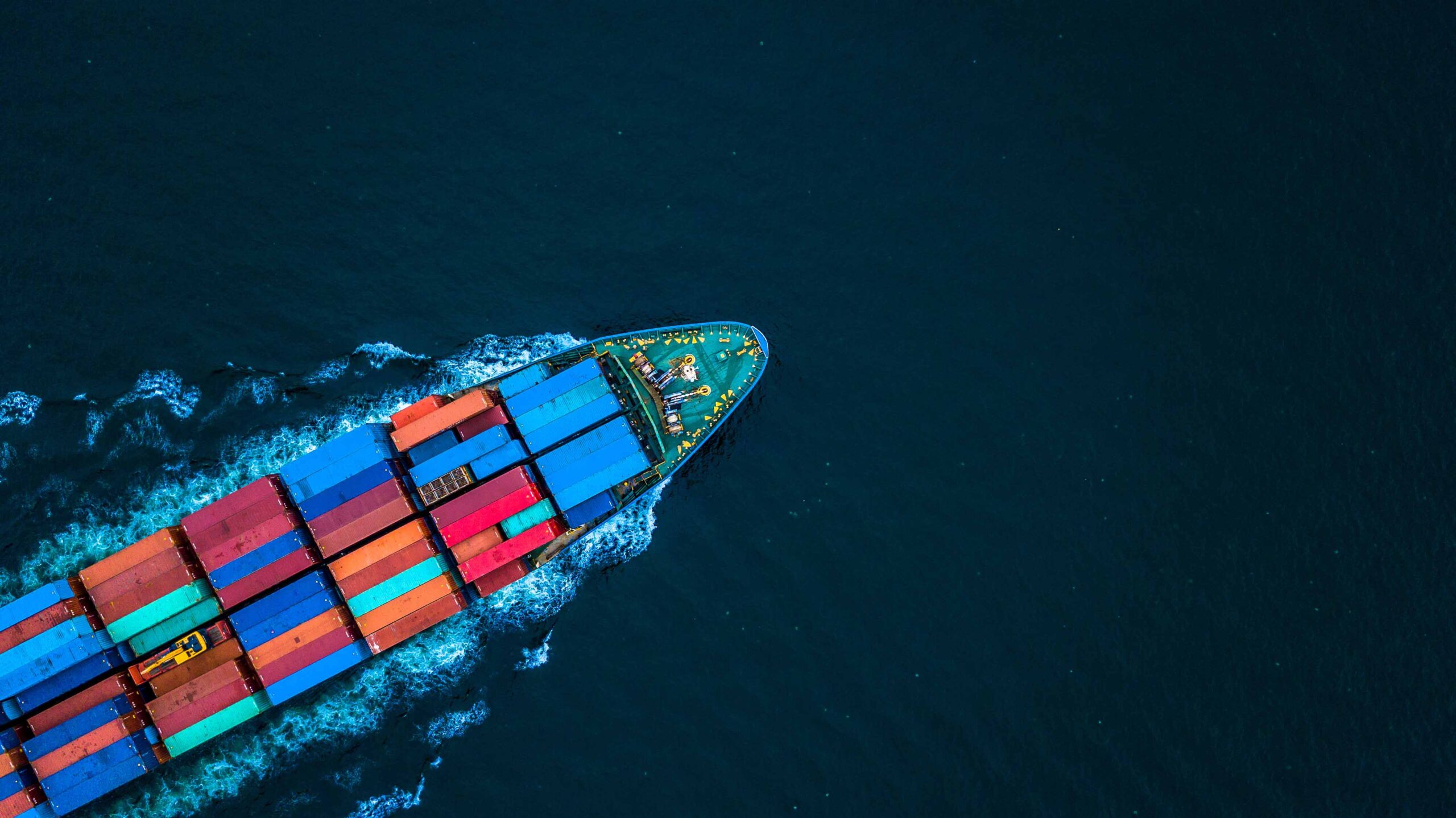Global shipping routes overlap 92% of large-whales habitats and are a leading threat to their survival, but protecting whales in the most dangerous collision hotspots would require action over just 2.6% of the ocean’s surface, potentially saving thousands of whales with minimal disruption to global trade. However, currently less than 7% of global hotspots for whale-ship collisions have protection measures in place.
Thousands of whales are injured or killed each year after being struck by ships, particularly the large container vessels that ferry 80% of the world’s traded goods across the oceans. Collisions are the leading cause of death worldwide for large whale species. Yet global data on ship strikes of whales are hard to come by — impeding efforts to protect vulnerable whale species. A new study led by the University of Washington has for the first time quantified the risk for whale-ship collisions worldwide for four geographically widespread ocean giants that are threatened by shipping: blue, fin, humpback and sperm whales.
In a paper published online Nov. 21 in Science, researchers report that global shipping traffic overlaps with about 92% of these whale species’ ranges.
“This translates to ships traveling thousands of times the distance to the moon and back within these species’ ranges each and every year, and this problem is only projected to increase as global trade grows in the coming decades,” said senior author Briana Abrahms, a UW assistant professor of biology and researcher with the Center for Ecosystem Sentinels.
“Whale-ship collisions have typically only been studied at a local or regional level — like off the east and west coasts of the continental U.S., and patterns of risk remain unknown for large areas,” said lead author Anna Nisi, a UW postdoctoral researcher in the Center for Ecosystem Sentinels. “Our study is an attempt to fill those knowledge gaps and understand the risk of ship strikes on a global level. It’s important to understand where these collisions are likely to occur because there are some really simple interventions that can substantially reduce collision risk.”
The team found that only about 7% of areas at highest risk for whale-ship collisions have any measures in place to protect whales from this threat. These measures include speed reductions, both mandatory and voluntary, for ships crossing waters that overlap with whale migration or feeding areas.
While the threat of collisions has grown with increasing marine shipping, the team said the climate crisis could make the situation worse, noting declining sea ice in the Arctic could open new trade routes and result in whale populations moving northwards.
Sally Hamilton, the chief executive of the charity Orca, and who was not involved in the research, said large whales were facing the equivalent of marine motorways, she told the Guardian.
“The shipping industry have an opportunity to put vessel strike at the heart of their environmental strategy by working with conservationists and governments to establish safe marine spaces,” she said. “In doing so they can help undo the damage caused by industrial whaling and mitigate the future impacts of vessel strikes.”
